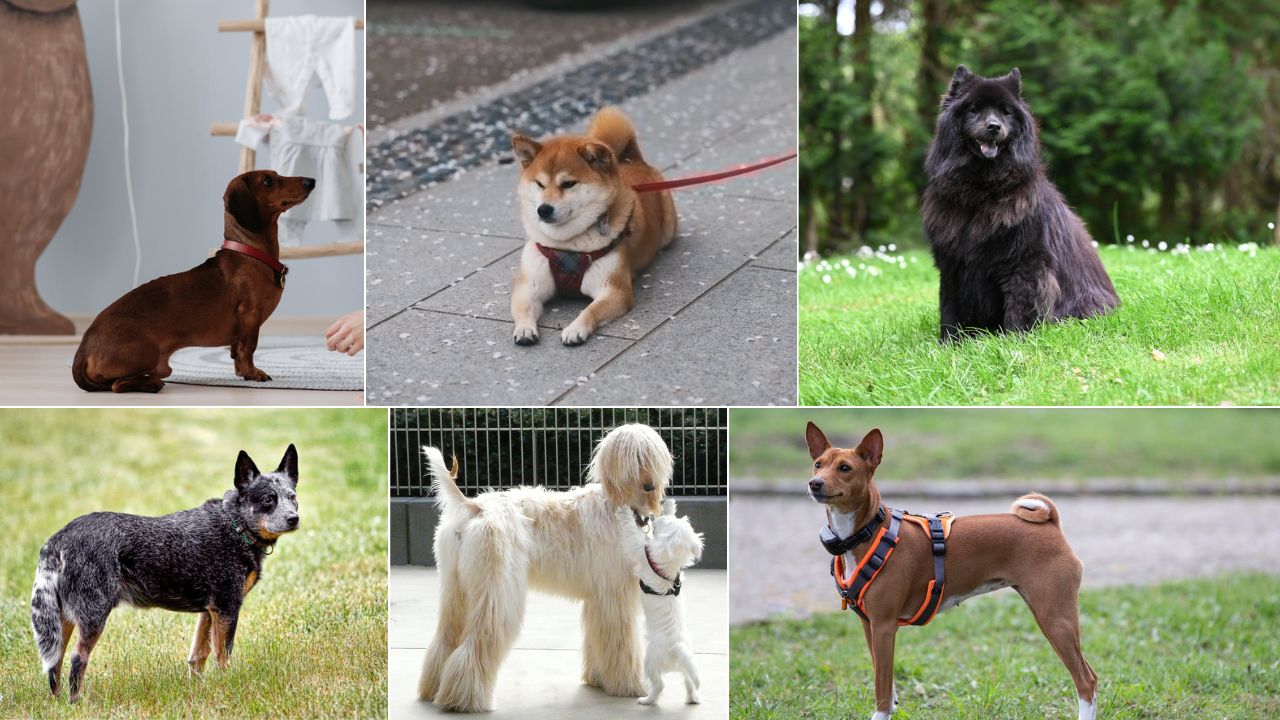Cute videos do not show the daily work behind a well-trained dog. Many breeds were developed for jobs that reward independence, nonstop stamina, strong guarding instincts, or single-minded hunting. Those traits are real genetics, not bad behavior, and they make first-time training harder. Reliable organizations remind owners to match breed traits to lifestyle, use reward-based training, and plan daily exercise and mental games. If you are new to dogs, start with easy learners. These breeds ask for serious time, structure, and experience.
1. Siberian Husky
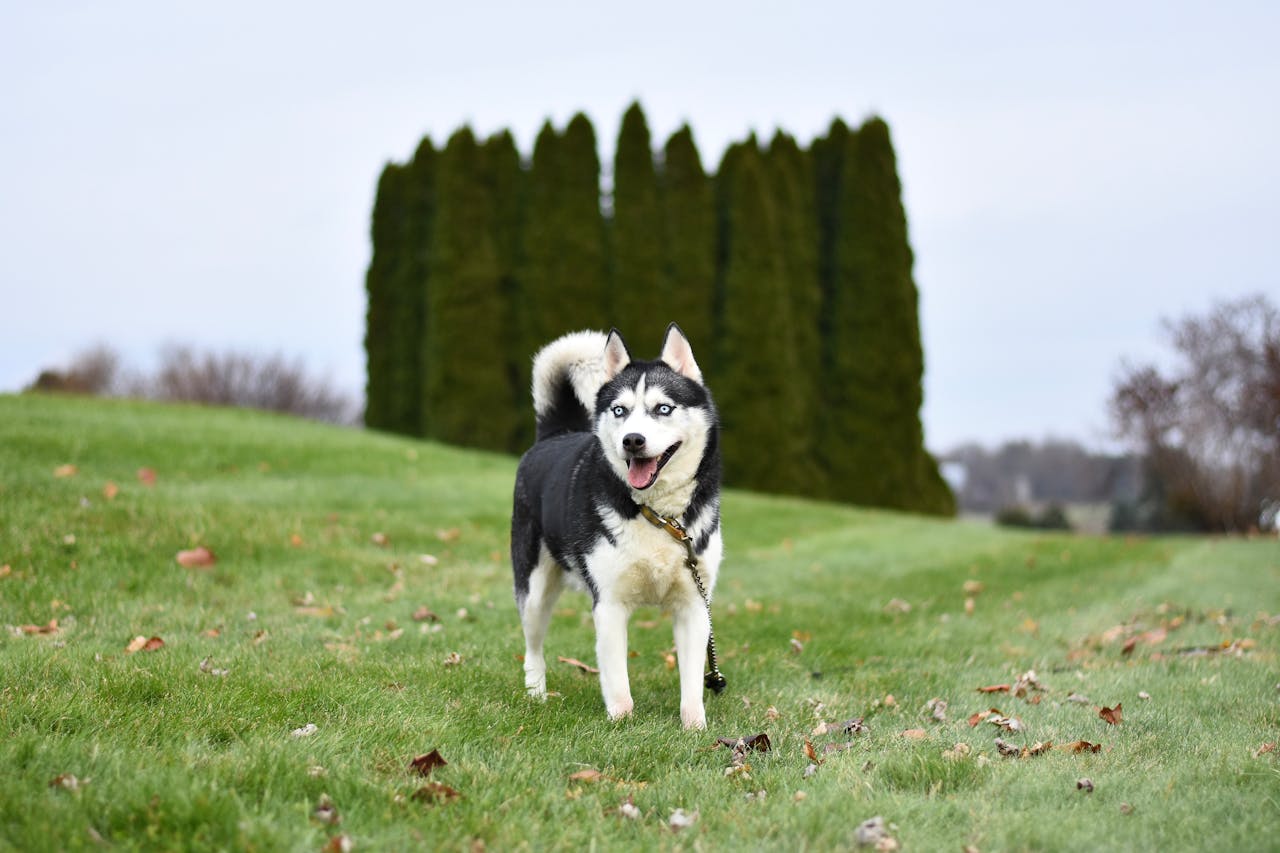
Bred to pull long distances, Huskies have huge stamina, intense prey drive, and a talent for escape. Their working background makes them independent problem solvers who test fences, ignore recalls, and sing when bored. Daily needs are high, brisk exercise plus brain games like scent work or carting practice. Without that outlet, digging and door darting spike fast. Positive training works, yet consistency matters, since harsh methods damage trust. New owners often underestimate cold-weather coats, shedding, and the need for secure, tall barriers.
2. Shiba Inu

Shibas are small, clean, and foxlike, yet famously independent. They were bred to hunt in rugged terrain with minimal direction, so they make their own choices and dislike rough handling. Many are suspicious of strangers, which means early socialization is essential. Recall is shaky without careful conditioning, and many refuse lures when stressed. Grooming is easy, but exercise and impulse control work are daily jobs. Use calm, reward based sessions, short and frequent. A bored Shiba invents games you will not enjoy, like strategic escapes.
3. Akita
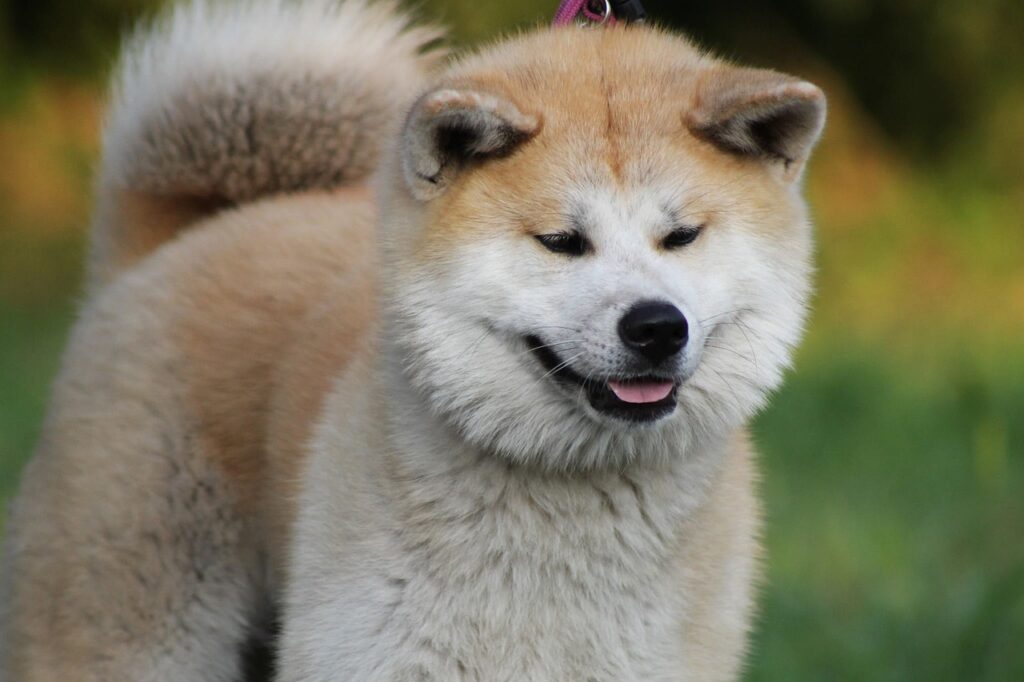
Akitas are powerful guardians with a dignified, catlike style. They bond strongly with family and can be intolerant of pushy dogs, especially the same sex. Early, careful socialization and strict management are nonnegotiable, since their original role included independent decision making. Training must be firm but fair, using rewards and clear rules. These dogs are not park socialites. They need controlled outlets, obedience drills, and jobs that respect their serious nature. New owners may struggle with strength, muzzle conditioning, and rules in rentals or insurance.
4. Chow Chow
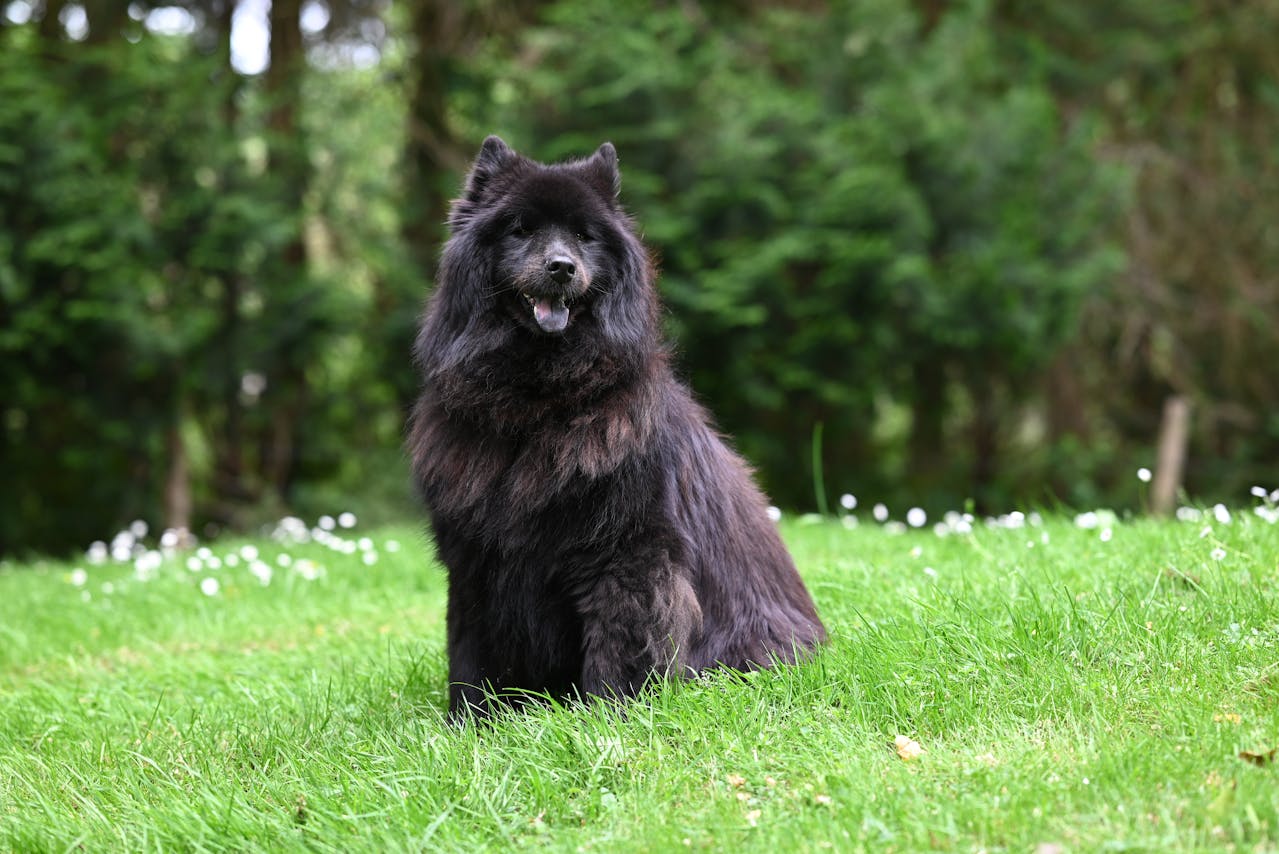
Chows look like walking plush toys, but they were bred as multipurpose utility and guarding dogs. Many are reserved with strangers and dislike messy handling, which complicates vet visits and grooming. Their thick coat needs routine brushing, conditioning, and patience training. Independent temperament lowers biddability, so commands need clear reward history, not volume. Early socialization to friendly, calm people is critical. Chows thrive with short, precise sessions, predictable schedules, and respectful boundaries. This is not a casual first dog for busy families.
5. Basenji
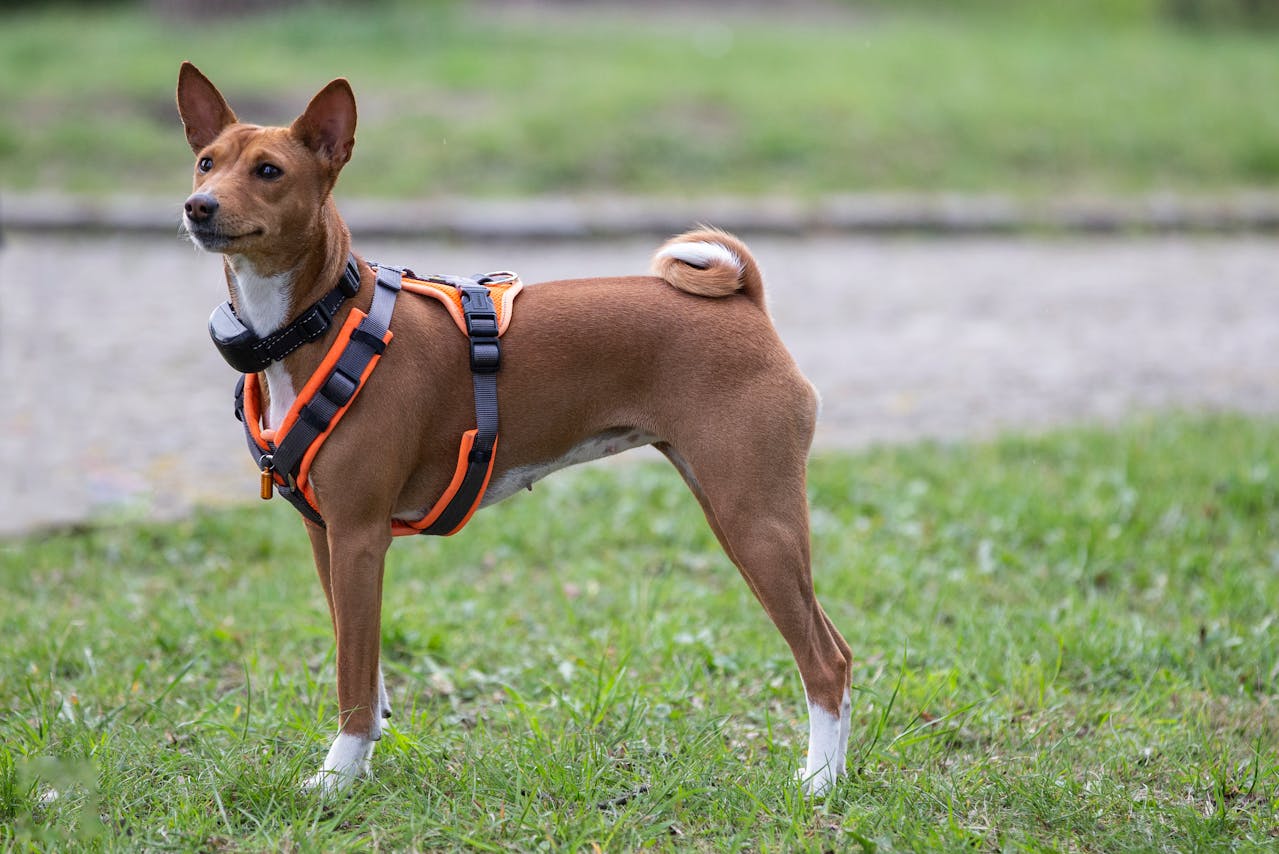
Often called barkless, Basenjis yodel and scream when upset, and they climb like cats. Originating as independent hunters, they follow sight and scent over owner voice, which hurts off leash reliability. Many dislike rain, yet they demand daily sprint games and puzzle work to stay polite indoors. Their quick brains learn patterns, including how to beat baby gates. Gentle, reward based training is required, since force fuels resistance. Houseproofing matters, trash locks and secured counters reduce the creative chaos a bored Basenji invents.
6. Afghan Hound
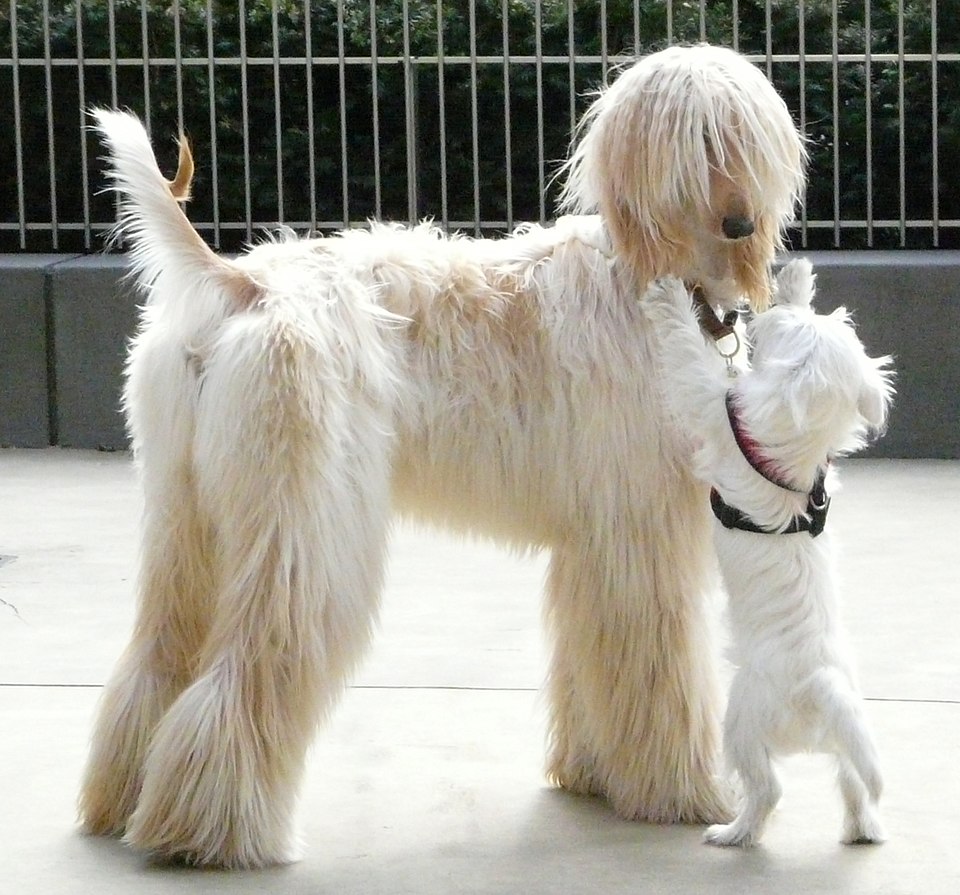
Afghans were developed to course fast game across mountains, so they value speed and self direction. They are sensitive, elegant, and not very interested in repetitive drills. Recall suffers once a target moves, and grooming is a real commitment, with detangling, bathing, and careful drying. Training should be calm and upbeat, using high value rewards and short sessions. Sprints in safe, fenced areas help. New owners often feel ignored by this breed until they learn to make cooperation fun, not forceful.
7. Beagle
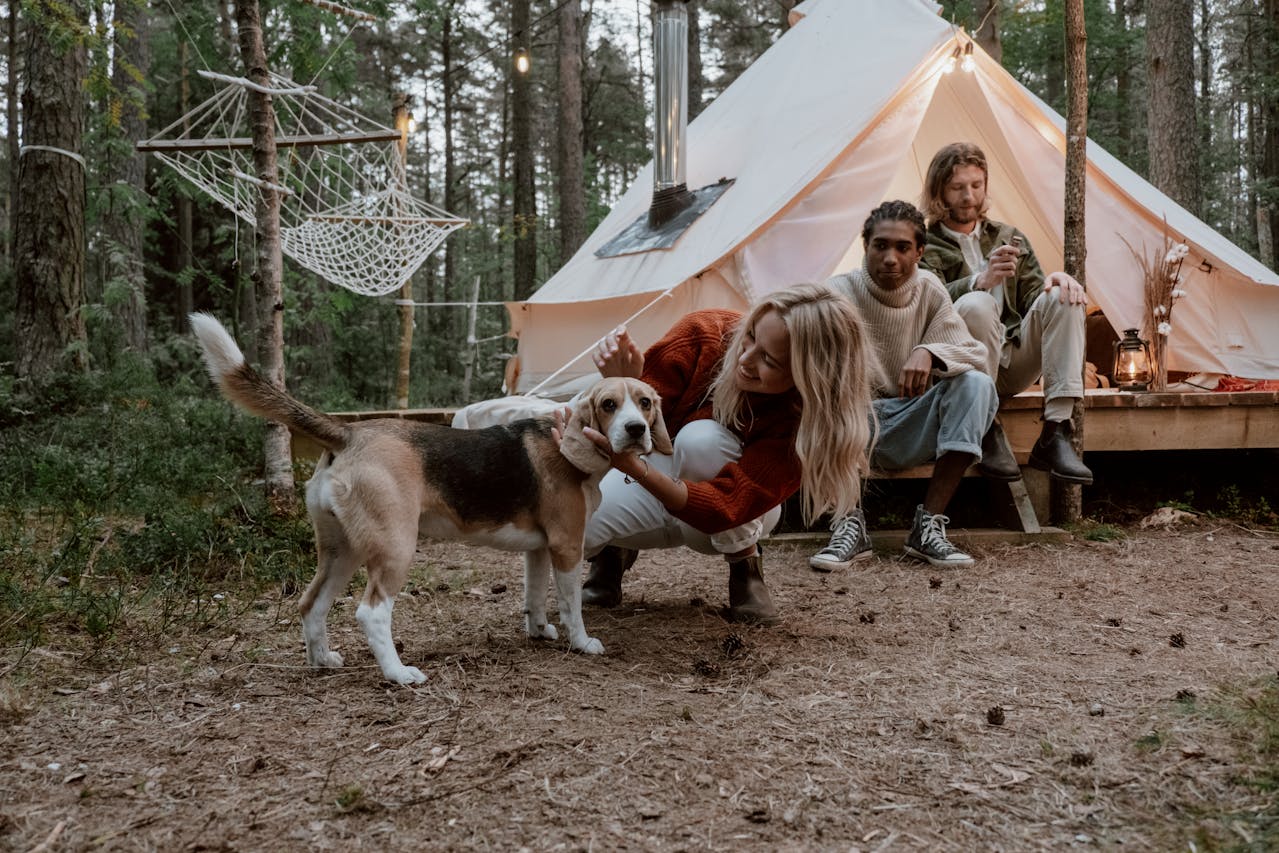
Beagles are friendly, but they are scent hounds first, pets second. Their noses outrank your voice, so recalls fail without heavy practice. Expect baying, counter surfing for food smells, and determined leash pulling when a trail crosses the sidewalk. Daily enrichment is mandatory, nose games, long walks, and chew plans to replace scavenging. Crate training and secure yards matter, since many follow odor trails out the gate. Rewards work well, yet patience is key. A bored Beagle becomes a neighborhood song leader.
8. Dachshund
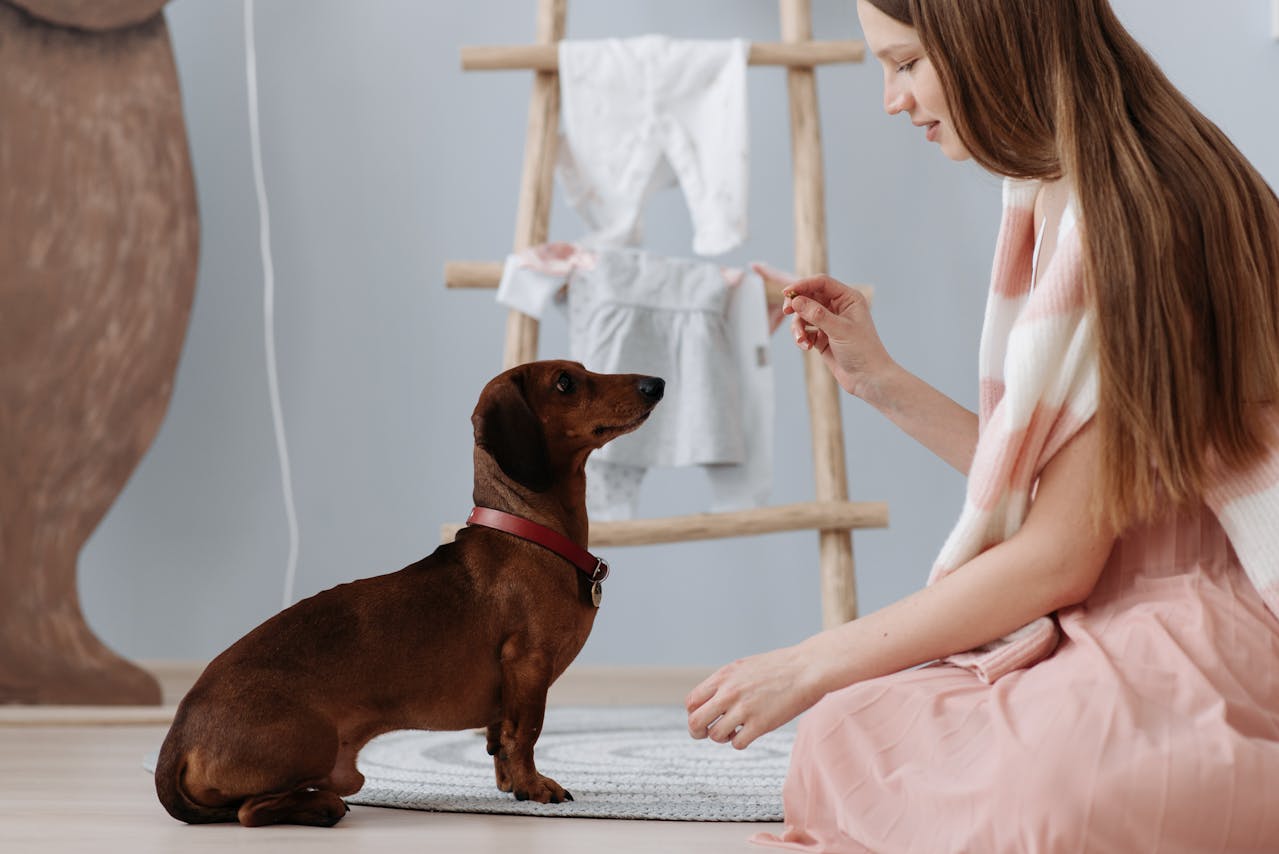
Bred to go underground after tough quarry, Dachshunds are brave, noisy, and stubborn about their goals. They dig, chase small animals, and argue with leashes when a scent pops. Back safety limits jumping and stairs, so impulse control training must start early. House training can take longer than average. Use tiny, frequent sessions with clear rewards, plus management tools like baby gates and ramps. Because they act larger than life, they need socialization to friendly dogs and careful supervision around smaller pets.
9. Jack Russell Terrier
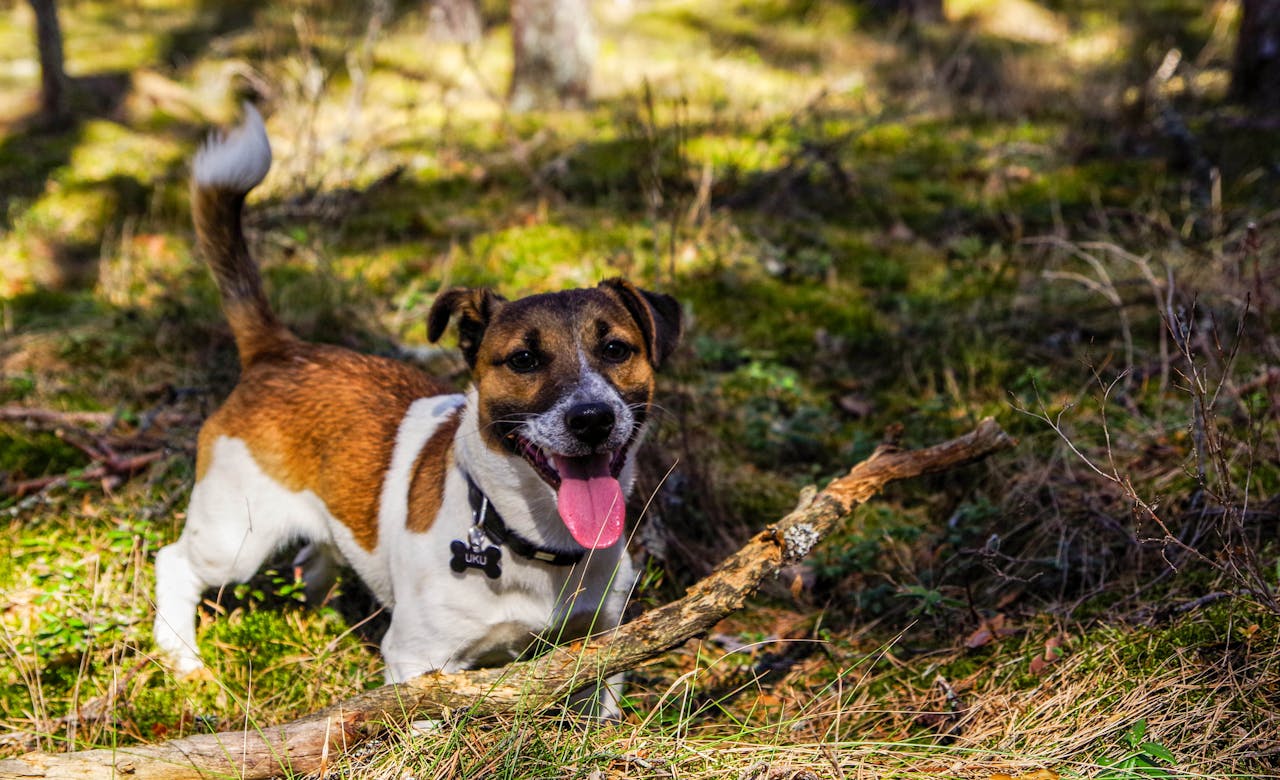
This high-drive terrier was designed for fast pursuit of fox or pests, which means endless energy and instant reactions. Apartment boredom turns into barking, wall zoomies, and creative destruction. Training must channel chase into sports like agility, flyball, or nose work. Without jobs, they self assign ones you will hate, like hunting the couch. Terriers argue when corrected harshly, so use rewards, toys, and clear rules. Secure fences are essential, since many climb or tunnel. Cute face, serious workload, not beginner-friendly.
10. Australian Cattle Dog
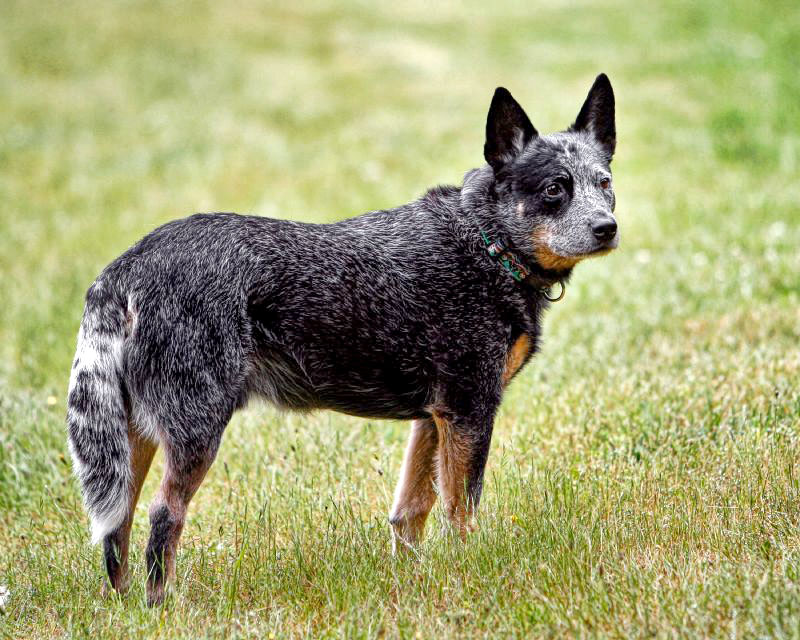
Also called Blue Heeler, this breed was built to control cattle by nipping and intense eye contact, then thinking independently in wide fields. That motor does not switch off in a small home. Without two solid workouts plus training games, they herd kids, bikes, and ankles. They are brilliant at shaping and problem solving, which backfires if rules are unclear. Socialization reduces reactivity toward unfamiliar dogs. Sports, trick training, and structured jobs keep them sane. First-time owners often underestimate daily mental exercise.
11. Belgian Malinois
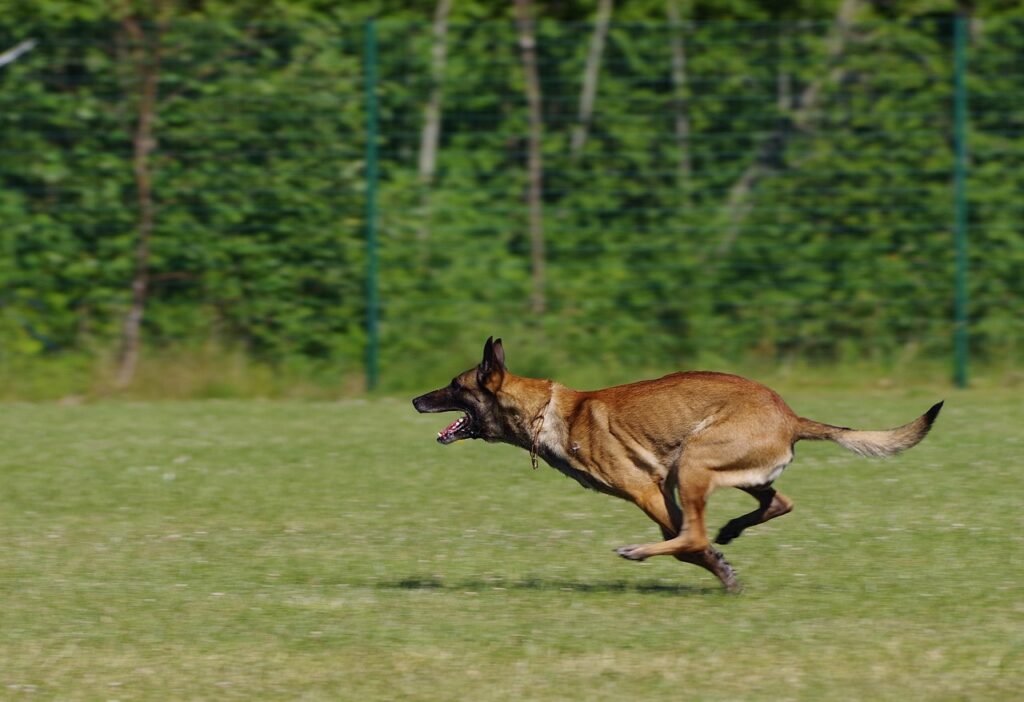
Famous in military and police units, Malinois thrive on pressure, precision, and hours of work. They mature into sprinting, leaping athletes with laser focus, not casual pets. Underworked dogs spin, chew walls, and fixate on motion, which can lead to nips. Training must be technical, fair, and daily, with bite-safe toys, place work, and advanced obedience. Secure crates and calm downtime routines are essential. This breed can be wonderful with experts, but for beginners the workload and intensity are overwhelming.
12. Border Collie
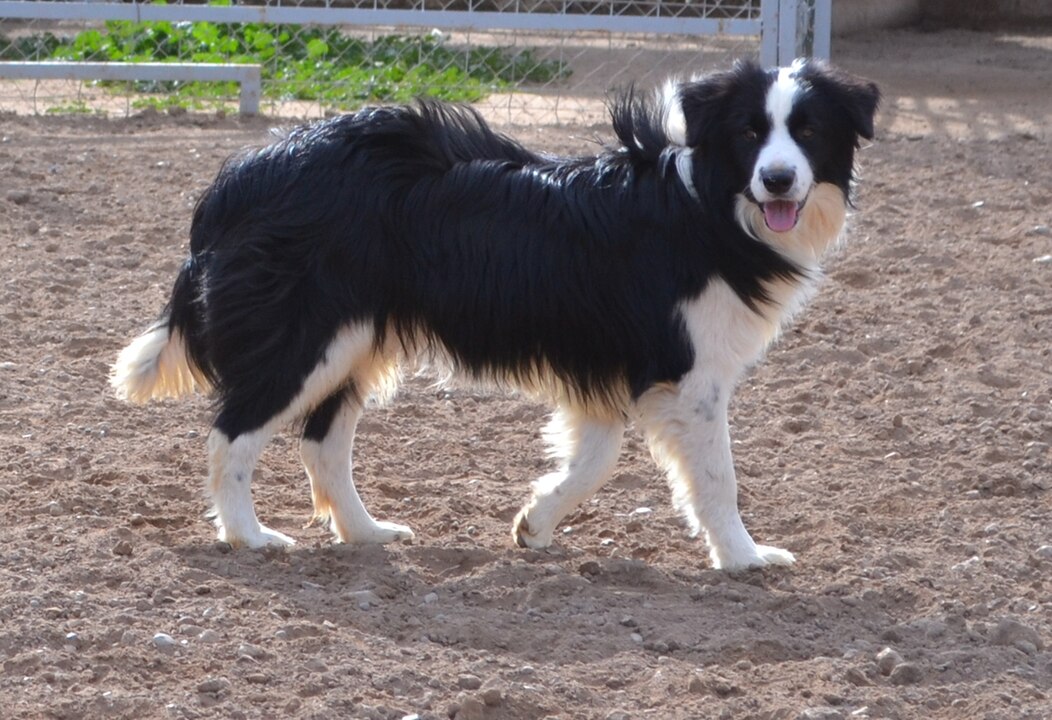
Brilliant and sensitive, Border Collies learn fast but expect clear jobs. They were bred to manage livestock through sustained focus, so they stare at bikes, herd joggers, and obsess over balls. Without structured outlets, anxiety and compulsive patterns develop. Training should mix tricks, nose work, recalls, and calm settle cues, not just fetch. Daily mental work is as important as miles. Noise sensitivity and perfectionism require gentle handling. For a first dog, this much brain and drive often outpaces a busy schedule.
